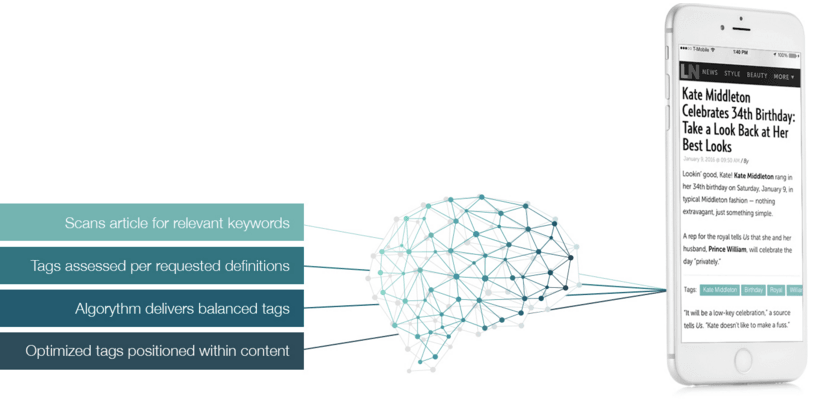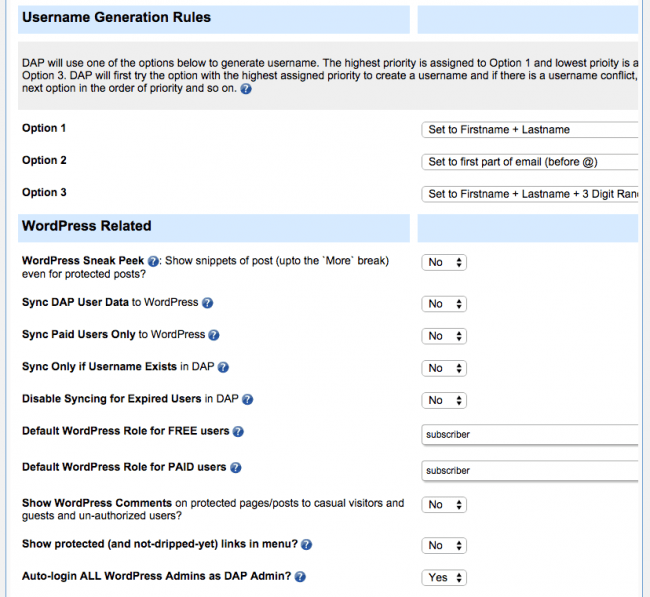
Have you seen your website’s earnings from third-party advertising crash over the past few years? It’s going to get worse. A lot worse.
Facebook’s Instant Articles platform is just the latest factor that could reduce your advertising income. Put that alongside ad blockers and users’ bandwidth limitations, and you can see that if you intend to make money from your publishing properties, drastic changes are likely necessary.
Two sides of the Instant Articles coin
The perception is that the handful of large publishers who were in on the Instant Article launch last year were handed a great deal, with Facebook bending over backwards to accommodate their wishes. Yet smaller publishers feel threatened by the platform. What’s the real story?
The promised land
Facebook is massive. People spend lots of time in their Facebook accounts, so if you use Instant Articles, your content will have a huge potential audience. The pages load faster (which is the point of the platform, right?), so your rich, multimedia Instant Articles can provide an impressive user experience.
You get to earn money from your Instant Articles audience, and you can link from your Instant Articles to your own website. You can use the platform to boost your reputation and even to generate leads. Everything in the garden is rosy.
The threat
Should you use Facebook Instant Articles as your primary publishing channel? I would personally say… not in a thousand years. Don’t even let that thought develop in your mind.
I would recommend that you not put your business in the hands of a self-interested third-party. Even if it’s a large company that will be around for a while. The viewership stats might be attractive, but what happens once you’re totally dependent on Facebook for eyeballs? Will they change the terms of the deal to your disadvantage? Potentially. Could they start charging you for those eyeballs? They’ve done it before, and they are a smart company that will most likely do it again! Heck, I would do it if I were them.
Facebook is in business to make money for Facebook shareholders. This is the company’s chief concern, and if it enriches their shareholders by a single cent, then they will burn your business without turning a hair.
Today’s publishers need to figure out the best way to use Facebook, but without entrusting everything to them. I would use it, but not rely on it.
Beating the Facebook challenge
Facebook is like a 40-ton truck hammering down towards your website. Ignoring it is not an option. Deflecting it is not an option. Your competitors are going to use Facebook Instant Articles, so you need to as well. You need to have your marketing message all over the truck as it thunders along.
The main threat to your website content comes from the faster loading time that Instant Articles will have within the Facebook mobile app. But you can use that faster loading time to your advantage by including rich media that you’d think twice about including on your own mobile site because of its adverse effect on loading speed. It’s possible to include video, large images and interactive features in your Instant Articles, with these assets all linking back to your own hosted content.
Also, there is no requirement for Facebook Instant Articles to be unique, so you can repurpose your best website content, add interactive features and make money from a second version of your own writing. The is one thing I strongly recommend in my content marketing guide. At the same time, you can use links to maximize Facebook’s referral potential to send visitors to your site, which is where you retain full control over the branded experience, monetization channels and audience tracking.
Monetization of Instant Articles comes from sharing the revenues that Facebook makes by showing ads to your readers.
Winning at hosted content monetization
Mobile users click on more ads – they especially love video ads. Therefore, you need video ads on your hosted content, but the bandwidth they use up has been known to cause problems.
If you host video ads on your own servers, they are going to drain a lot of resources, so you had better have a top-performing web hosting plan. Embedding videos that are hosted on third-party sites may get around the hosting resources problem, but it increases the chance of your content being blocked.
Bandwidth is limited even on “unlimited” mobile data plans, with most networks setting a limit of 15 GB per month and calling that “all the data you can eat.”
All ads delay users’ connections to the content they’re trying to access, of course, but video ads cause the longest delays, and video ads burn bandwidth like a Hummer burns gas. Although video ads have great clickthrough rates, many mobile users have started to use ad blockers to preserve their data allowances and to speed up their web browsing.
Defeating the ad blockers
Facebook’s Instant Articles do offer you a consistent way to earn from ads in your content because ad blockers can’t get to ads served within the Facebook app.
When Apple released iOS 9 with content blocking available as a native option in the system’s default Safari browser, users rushed to download premium ad blocking apps. On Android, Google has removed ad blocking apps from the Play Store, so this is less of a problem on Android tablets and phones.
Currently, less than one percent of internet users have ad blocking software installed. Opinions vary as to how big a problem it is going to become, with estimates ranging up to 67 percent of users blocking ads within the next few years. The increasing use of ad-blocking software could be a major threat to the internet as we know it. If you cannot earn money from ads on your site, then your revenue model is under threat.
New models for monetizing your site
Many publishers still use network ads from Google AdSense and Bing to monetize their sites. The standard clickthrough rate on static text-based ads on desktops is around 0.1 percent. The clickthrough rate on mobile is significantly higher, but it’s still less than one percent .
The worst thing about these solutions is that you lose a site visitor for the sake of an ad click that only generates a few cents. If people click on the ads in your Instant Articles, on the other hand, and the reader does not return, it is less of an issue, because people reading distributed content on a third-party platform wasn’t truly your audience member to begin with.
You’re probably far better off making money by selling your own products, or selling sponsored content placements, which many publishers are experimenting with more and more. Indeed, third-party monetization solutions could be part of the answer for those who dislike being dependent on the largesse of the search engine giants. Here are some examples worth looking into.
Native ads for third-party items
Native ad networks like RevContent (personally know and use), Taboola and Outbrain Engage make it easy to offer “recommended content” to your audience at the bottom of article pages, paying publishers for each click yielded.
Alternatively, CodeFuel provides a new way of generating advertising revenue from your site, without losing visitors for the sake of a click that might earn you 40 cents. The ads look clean and are integrated into your hosted property’s content experience – they’re high-impact, native units that are driven by user intent.

CodeFuel’s tag advertising platform is a highly compelling option for publishers with larger audiences of mobile users. With this system, you can add tags that are displayed with your content, and when users click on the tags, they see ads that earn you money.
Next-gen targeted display ads
Appnexus is an independent source of reputable display ads that are designed for all devices and all screens. You have unprecedented control over the ads that appear on your site, and you can track performance through a dashboard that is easy to understand.
The Rubicon Project lets you define audience segments and to show different ads to maximize your income. Ads can accommodate dynamic data such as selling prices that change according to demand. You can also use the platform to serve up in-house ads.
These are both compelling options for running video and static display ads without needing to sell them yourself.
Membership or one-off fees for access
If you have content that people will pay money to read or watch, then consider charging for access. Casual browsers are unlikely to pay, but those people only cost you money in hosting fees and rarely buy anything anyway.
Some publications are starting to charge people for viewing specific pieces of content. You could have most of your content freely available and charge just for the occasional piece that’s exceptional. Linking to these from your Facebook Instant Articles might be a perfect solution, using Facebook’s referral power to position your own site for generating more revenues. There are membership WordPress plugins such as DigitalAccessPass that are easy to install and let you set up this option from simple dashboards.

Instituting a paywall is also doable, even if it is a turnoff to unfamiliar, “just browsing” audience members. Assuming you have enough volume of subscribers, turning your publication into a subscription site is great from a revenue model perspective, as ongoing renewals translate to more or less passive income. To do this, though, you will need formidable, growing troves of exclusive content that will blow subscribers’ minds away.
There is hope
You can still monetize hosted content, but’s probably best to try more than one model and platform. Tap into the power that Facebook’s Instant Articles platform wields to drive traffic to your site, and look into new ways to monetize those visitors when they arrive.
Experiment with different ad networks and search solutions, and consider protecting some of your best content using a subscription-based model.
Get the TNW newsletter
Get the most important tech news in your inbox each week.




